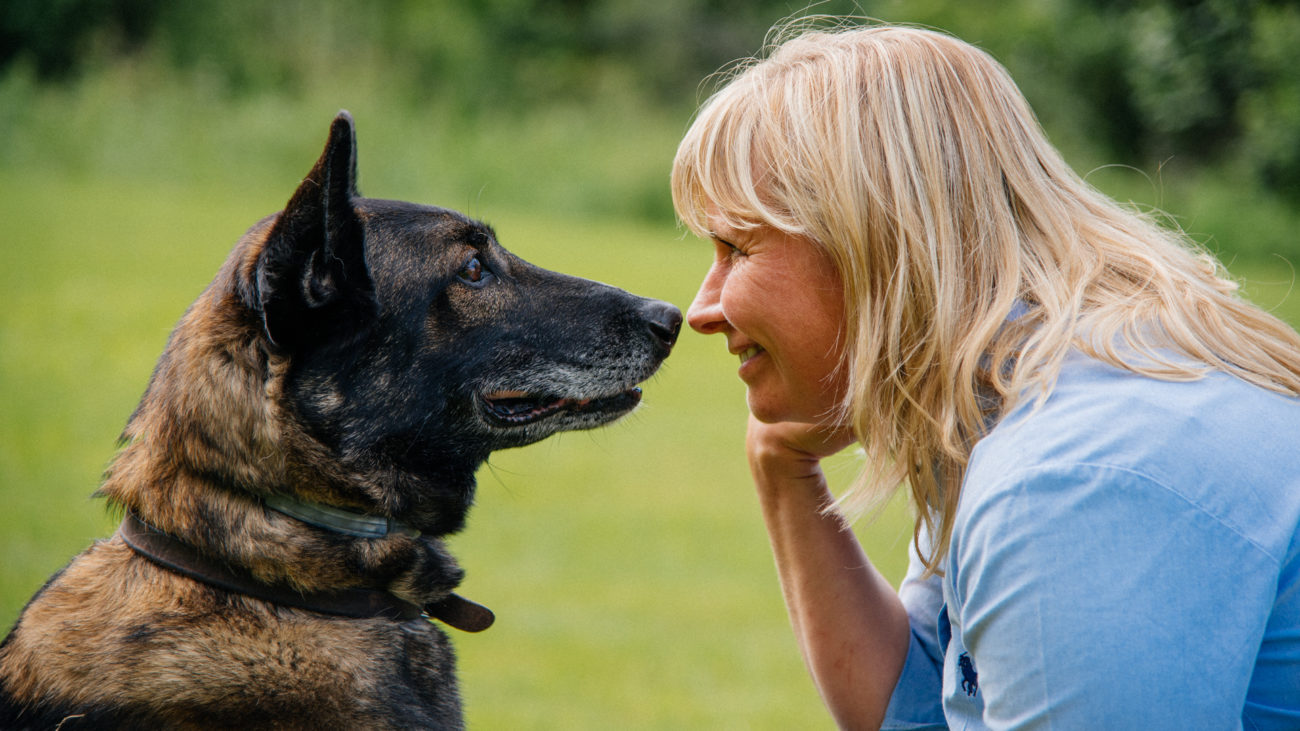
The Norwegian vet Charlotte Soyland contacted Bayer Animal Health before leaving for Cambodia. She wanted to bring with her Seresto tick collars and other important medications. She has been in charge of developing veterinary services for the mine detection dogs in Cambodia. The dogs work in the world´s most dangerous environments and must be protected from ticks, parasites, lice and fleas. Bayer Animal Health started sponsoring Charlotte with the medications necessary to secure the dogs´ health.
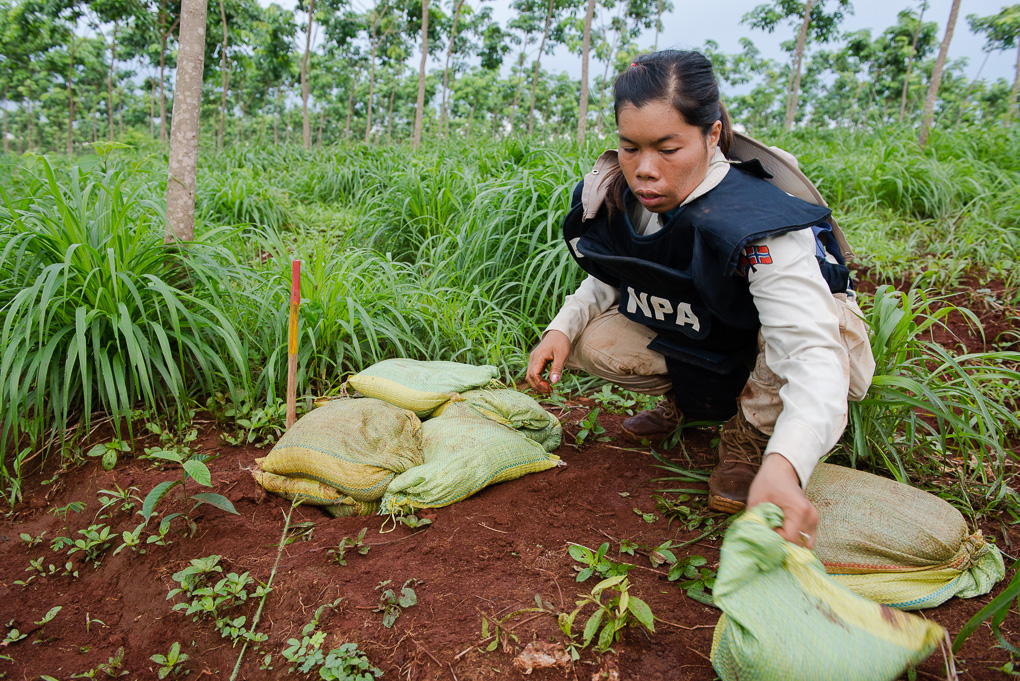
The Norwegian vet Charlotte Soyland contacted Bayer Animal Health before leaving for Cambodia. She wanted to bring with her Seresto tick collars and other important medications. She has been in charge of developing veterinary services for the mine detection dogs in Cambodia. The dogs work in the world´s most dangerous environments and must be protected from ticks, parasites, lice and fleas. Bayer Animal Health started sponsoring Charlotte with the medications necessary to secure the dogs´ health.
“We send the world´s best mine detection dogs into areas where no man has been the past 50 years. It is crucial that they are protected against infections and parasites”, she says.
Animal health awareness campaigns
Involve/Havas Norway, in cooperation with Bayer Animal Health, carried through extensive PR campaigns using Hamilton to communicate the importance of protecting your dog´s health and ensuring a good quality of life for your best companion.
The public attention of our communication the past few years has been overwhelming, with several TV shows, coverage in all national media, lifestyle magazines, in veterinary magazines in Norway and Denmark and social media. We have created films towards dog owners demonstrating use of medications with Hamilton as the main character, simultaneously telling his story. We have attended veterinary fairs in several countries with stands, rollups, press, speaking at conferences about animal health and mine detection dogs. The vet Charlotte Soyland was nominated Norway´s bravest woman in a big prize ceremony. For Bayer this became their main CSR project globally, and Bayer used the films, photos and stories on their own channels, making employees all over the world proud of being a part of saving lives and clearing countries from mines.
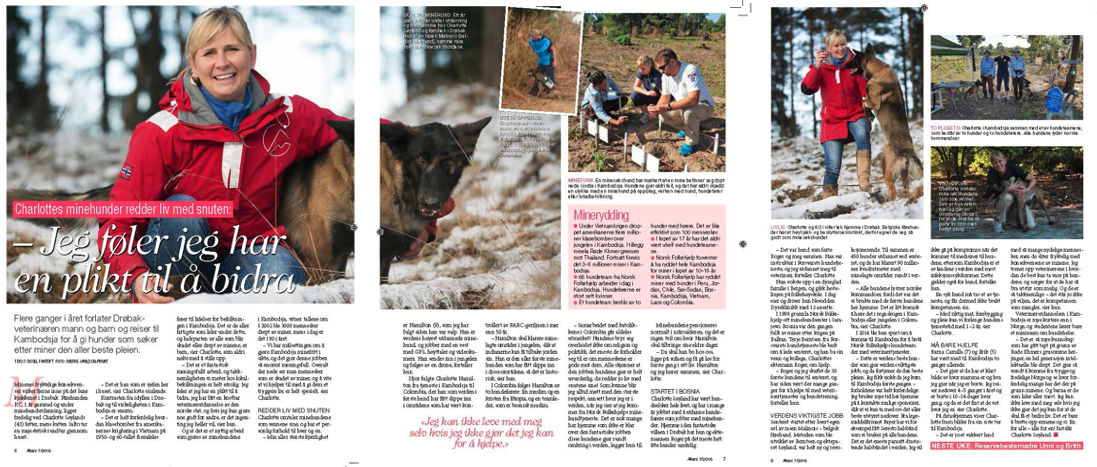
Hamilton – the lifesaving globetrotter
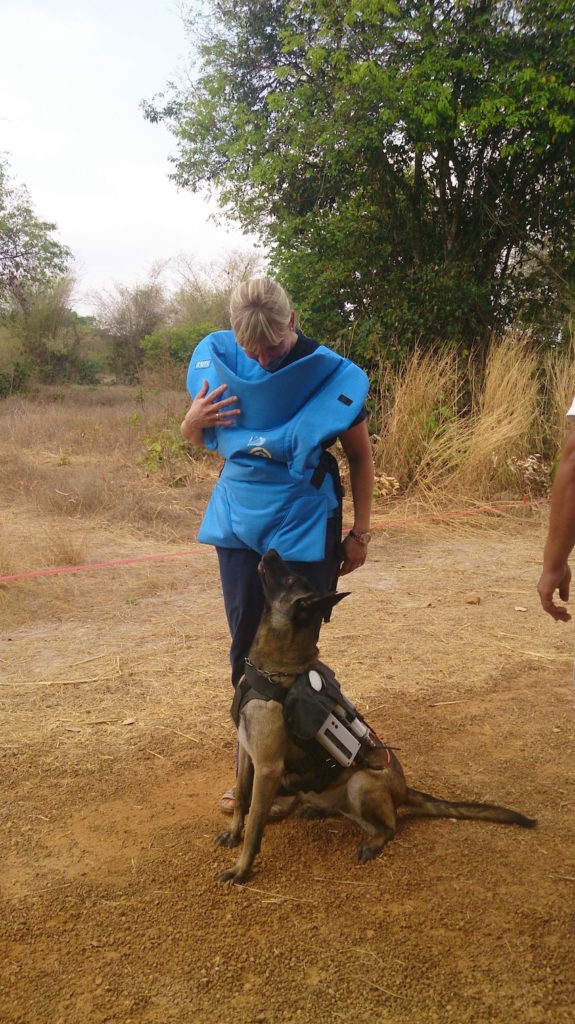
Nobody knows how many million landmines and bombs that are hidden in the ground all over the world after wars and conflicts. Norwegian People´s Aid is in charge of 350 mine detection dogs on all continents, bred to be able to smell decades old, hidden explosives. Vet Charlotte Soyland says she has the utmost admiration for these dogs and the work they do. They are superheroes.
Hamilton has traced thousands of fatal mines on four continents. He was born in Bosnia, where the Norwegian training centre for mine detection dogs is located. He left for Jordan and the boarder to Syria to safeguard refugee routes, then he went to Senegal in Africa and to Tadsjikistan in Central Asia. From there to Cambodia still struggling with millions of mines and explosives after the wars during the 70ies. In 2002, 3000 people were killed by mines annually. Today the number is 110. Largely thanks to the mine detection dogs.
Bayer CSR and global pride among employees
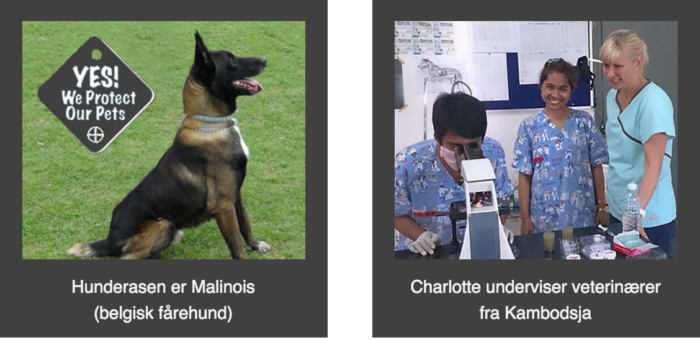
The Norwegian veterinary, Charlotte Soyland, is training vets and mine clearers in Cambodia to take care of these wonderful animals´ health, making their professional lives last 1-2 years longer so they can clear more land and save more lives. There is a very high prevalence of ticks and parasites in the jungle, combined with no overview and no vet services. This was a huge challenge and a great opportunity for Bayer´s CSR program.
Hamilton´s last assignment became part of history. Together with his slightly younger colleague, Rambo, also one of the best mine detection dogs in the world, he went to Colombia as the first to enter the Red Zones, the empire of the FARC guerilla, after 53 years of war. Charlotte Soyland accompanied Hamilton into the FARC-controlled jungle, during the peace process. We managed to get coverage about this final mission in an in-depth reportage on national TV.
Hamilton has traced thousands of fatal mines on four continents. He was born in Bosnia, where the Norwegian training centre for mine detection dogs is located. He left for Jordan and the boarder to Syria to safeguard refugee routes, then he went to Senegal in Africa and to Tadsjikistan in Central Asia. From there to Cambodia still struggling with millions of mines and explosives after the wars during the 70ies. In 2002, 3000 people were killed by mines annually. Today the number is 110. Largely thanks to the mine detection dogs.
Retired in Norway after saving thousands of lives
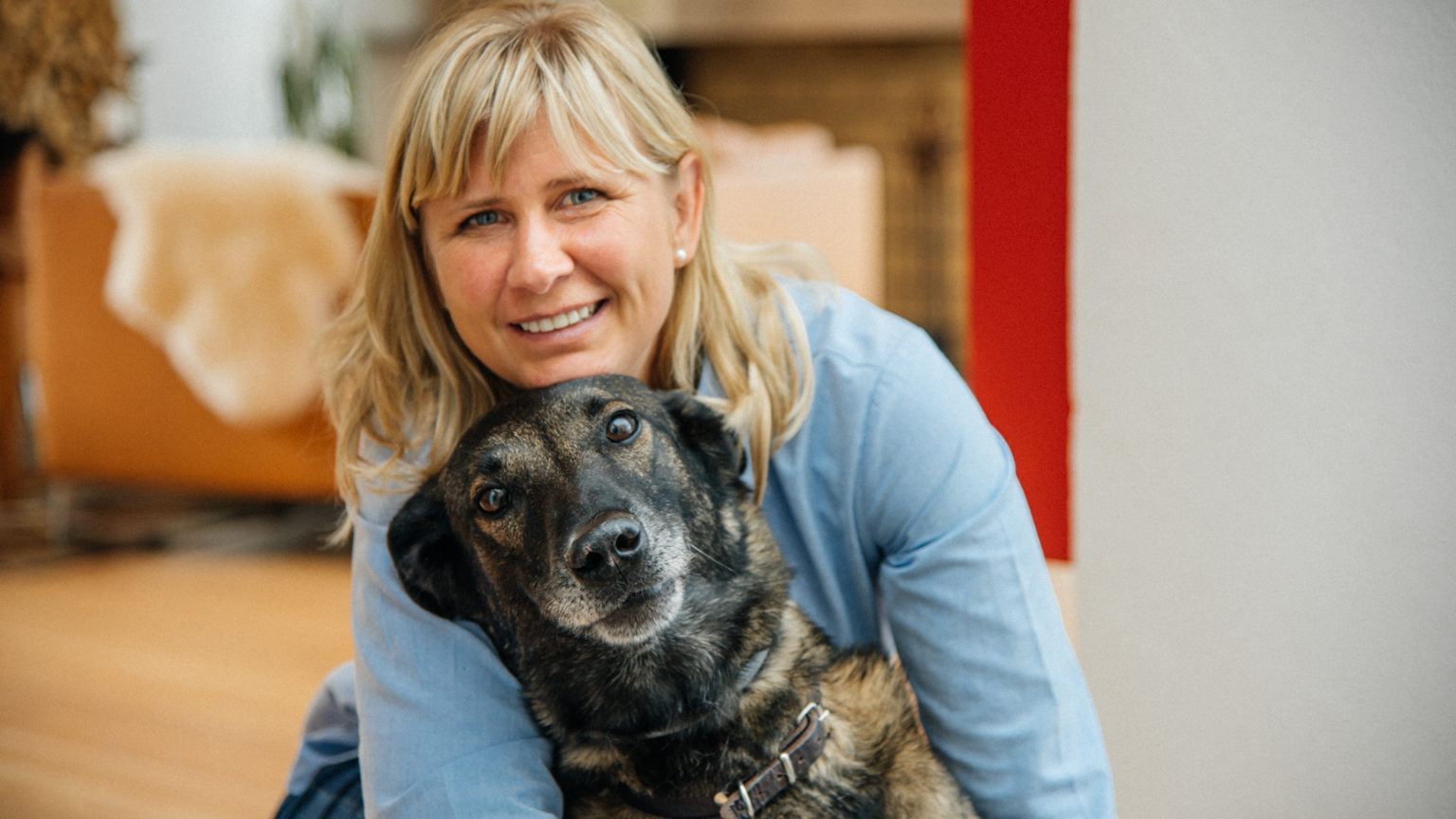
After more than 11 years of service Hamilton could enjoy a warmhearted reunion with vet Charlotte, and join her in Norway. Since then the two have been inseparable and for the first time in Hamilton´s life he could run freely in nature, sleep in soft beds and just enjoy his last years.
Hamilton has cleared one million square meters of mines and explosives and saved thousands of lives. His story has moved a huge public through the extensive PR campaigns by Bayer and Involve! Havas Norway.
“A good mine detection dog has to be a combination of a world champion in skiing with a hint of the world champion in chess Magnus Carlsen and a little bit of Mike Tyson”, says Steinar Essén, leading Norwegian People´s Aid international disarmament.
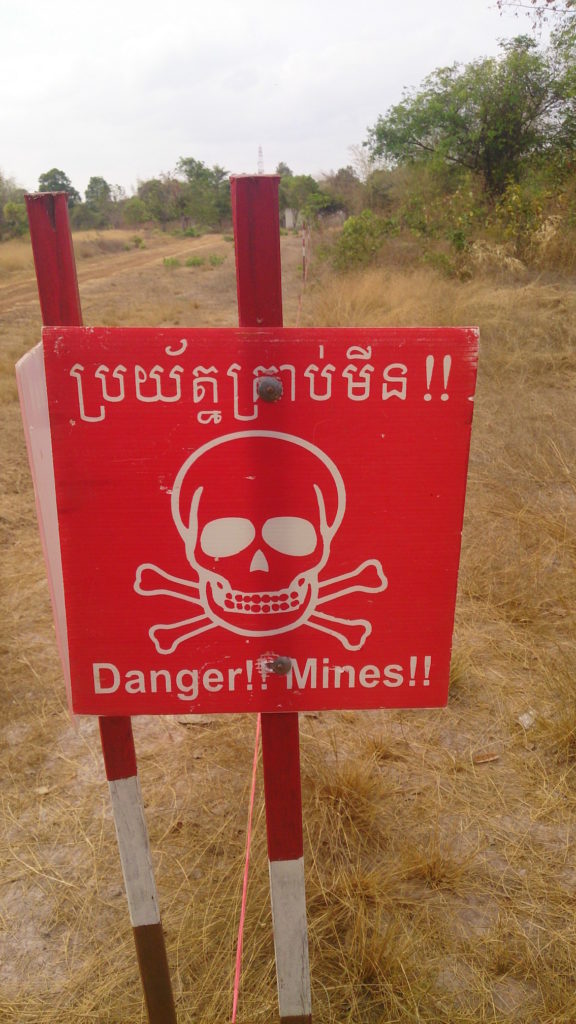
Some facts:
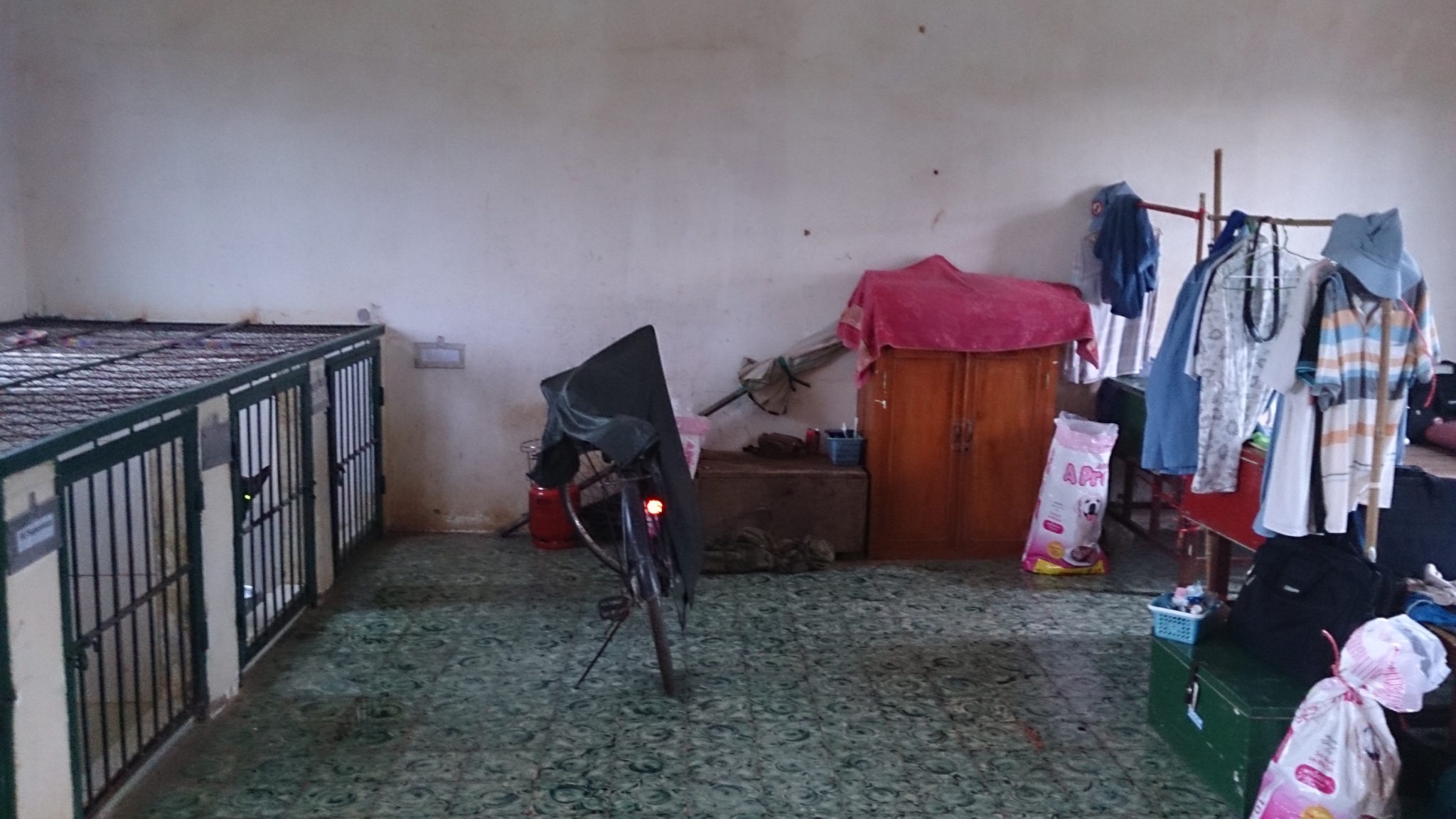
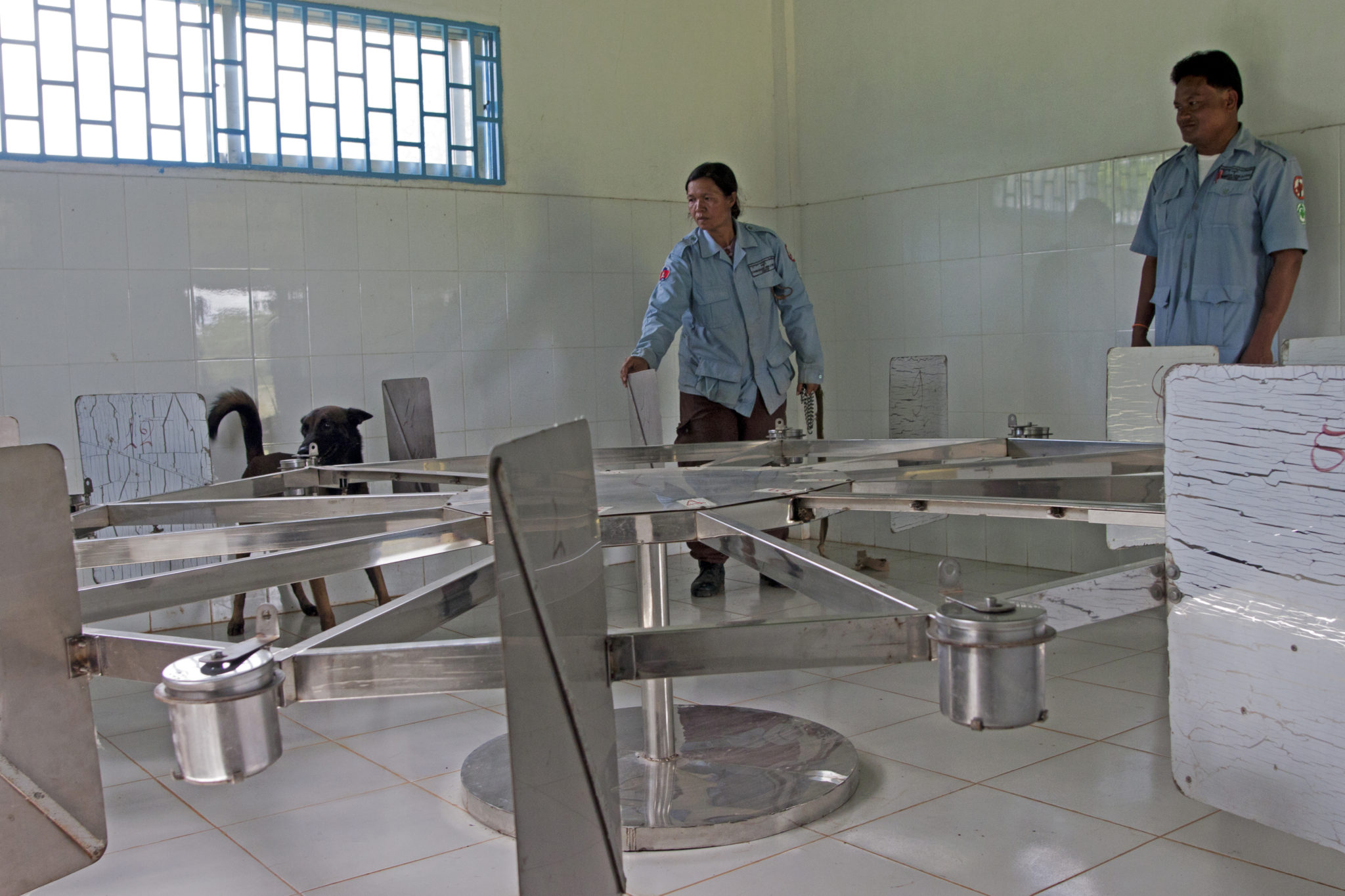
PR / Design / Reklame / Film / Web & animation / Sosiale medier / Profileringsartikler / Produksjon